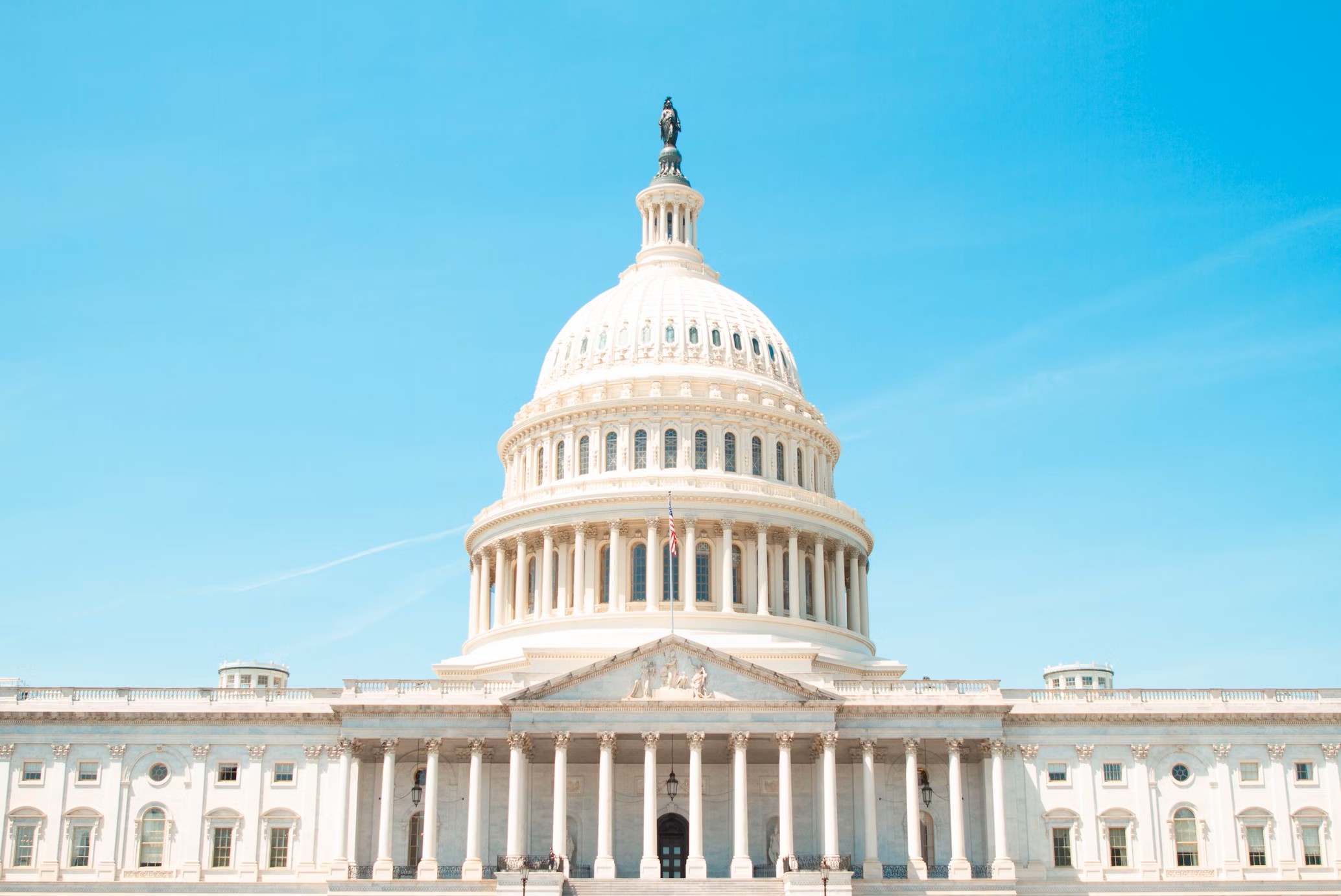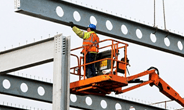Economy

Fitch Ratings: Challenges Ahead for Steel Industry in 2020
Written by Sandy Williams
December 21, 2019
Fitch Ratings, a global leader in credit ratings and research, is forecasting a negative outlook for the global steel industry in 2020 and challenging conditions in North America. The Fitch Ratings 2020 Outlook: Global Steel notes weaker economic growth impacted by ongoing trade and geopolitical tensions.
“Over the past two years companies have talked at length of their investment plans to increase capacity and/or debottleneck existing assets,” said Oliver Schuh, lead analyst for Metals & Mining at Fitch Ratings. “With weaker economic conditions in 2019, the supply push from those investments has negatively affected capacity utilization and margins, particularly in Europe. While we expect a moderate recovery in 2020, risks are more skewed towards the downside, linked to geopolitical tensions and political uncertainty in some countries as well as progressive reforms in China coinciding with a managed slowdown of growth ambitions.”
In North America, market conditions are expected to remain challenging with steel margins similar to 2019. Lower steel prices will be offset by declines in raw material costs, gains from investments in downstream processing and cost reductions. Free cash flow is expected to decline and capital spending to be flat or negative. Weaker market conditions could provide attractive M&A opportunities for stronger companies like Nucor and Steel Dynamics, said Fitch.
Steel demand remains healthy for commercial construction and automotive, with construction at the mature end of the business cycle and auto plateauing. Industrial and energy markets are expected to remain challenged.
Concerns regarding steel oversupply in the U.S. due to capacity additions may be exaggerated. Fitch noted that new capacity will be phased in over several years, targeting underserved regions and diversified product additions. Some projects may be delayed or cancelled to reflect market changes. Downstream investments, like galvanizing and paint lines, have less impact on market dynamics.
U.S./China trade tension and trade barriers adversely impacted the U.S. steel market in 2019. Although steel imports fell during 2019 due to Section 232 tariffs, prices for hot rolled coil are currently below pre-tariff levels. Removal of tariffs, a U.S./China trade deal and passage of USMCA will benefit the steel industry end-market demand, said Fitch.

Sandy Williams
Read more from Sandy WilliamsLatest in Economy

Steel groups welcome passage of budget bill
Steel trade groups praised the passage of the Big Beautiful Bill (BBB) in Congress on Thursday.

Industry groups praise Senate for passing tax and budget bill
The Steel Manufacturers Association and the American Iron and Steel Institute applauded the tax provisions included in the Senate's tax and budget reconciliation bill.

Chicago PMI dips 0.1 points in June
The Chicago Purchasing Managers Index (PMI) slipped 0.1 points to 40.4 points, in June.

Multi-family pullback drives housing starts to 5-year low in May
US housing starts tumbled in May to a five-year low, according to figures recently released by the US Census Bureau.

Architecture firms still struggling, ABI data shows
Architecture firms reported a modest improvement in billings through May, yet business conditions remained soft, according to the latest Architecture Billings Index (ABI) release from the American Institute of Architects (AIA) and Deltek.
